Five Customer Service Principles I Learned in Prison
Customer Service Lessons from Prison
Recently, I attended my college reunion, and it brought back a flood of memories. One of the most unexpected yet impactful lessons came from a creative writing class I taught in a local prison. Yes, you read that right. As part of one of my classes, I had to go to prison once a week for an entire semester. I’d pass through multiple locked doors, deep into the heart of the facility, to teach creative writing to inmates—who, by the way, knew more about writing than I did.
While I’m not sure how much they learned from me, I certainly learned a lot—especially about customer service. Here’s why: prisoners in jail think about one thing, and one thing only, 24/7: When am I getting out? Every thought and every action is focused on that goal. They know down to the second when their sentence ends, and it’s always on their minds.
Fast forward to my business career, I realized something striking: clients with problems are just like those prisoners. When a customer has an issue or a challenge, that’s all they think about—100 percent of the time. It’s their primary focus until the issue is resolved. And that realization shaped five key principles for customer service that I learned from my time in prison.
1. Your Client’s Problem is Their Obsession
Just like prisoners fixate on their release, your clients are fixated on their problems. It’s the last thing they think about at night and the first thing they think about in the morning. Whether they have a service issue, a product problem, or a house to sell, it consumes them. Understanding this obsession is critical to delivering effective customer service.
2. Acknowledge Their Constant Concern
Recognizing that your client’s problem is always on their mind is the second step. When someone reaches out with an issue, it’s not just another task on your to-do list—it’s something they’ve been stewing over, possibly losing sleep about. You have to acknowledge the weight of their concern to build trust and rapport.
3. Align with Their Need for Resolution
Once you understand their focus, you need to accept and agree that solving this problem is a priority. Don’t minimize their issue or brush it aside. Instead, validate their concern and make it clear that resolving it is just as important to you. This alignment fosters a collaborative environment where both parties work toward a common goal.
4. Be Part of the Solution Handoff
If you can’t solve the problem directly and need to involve someone else, don’t just pass the client along and disappear. Be a part of that handoff. Whether it’s another team member or department, stay engaged, communicate the details clearly, and ensure the client feels confident about the transition. This continuity is essential to maintaining trust.
5. Confirm the Problem is Resolved
Even after you’ve handed the issue off, follow up to ensure that it’s been resolved to the client’s satisfaction. Don’t assume the problem has disappeared once it leaves your desk. Check in, confirm they’re happy, and make sure they’ve moved on from thinking about it 24/7. Your client needs to know you care enough to see things through to the end.
That one creative writing class inside a Boston-area penitentiary taught me a lot more than I ever expected. It helped shape my approach to business and customer service, and I hope these lessons will help you as well.
For those passionate about real estate and driven to succeed, breaking into the luxury market is well within reach. Should you have any questions about entering this exclusive field, don’t hesitate to reach out or consider joining Luxury Real Estate Unplugged!













